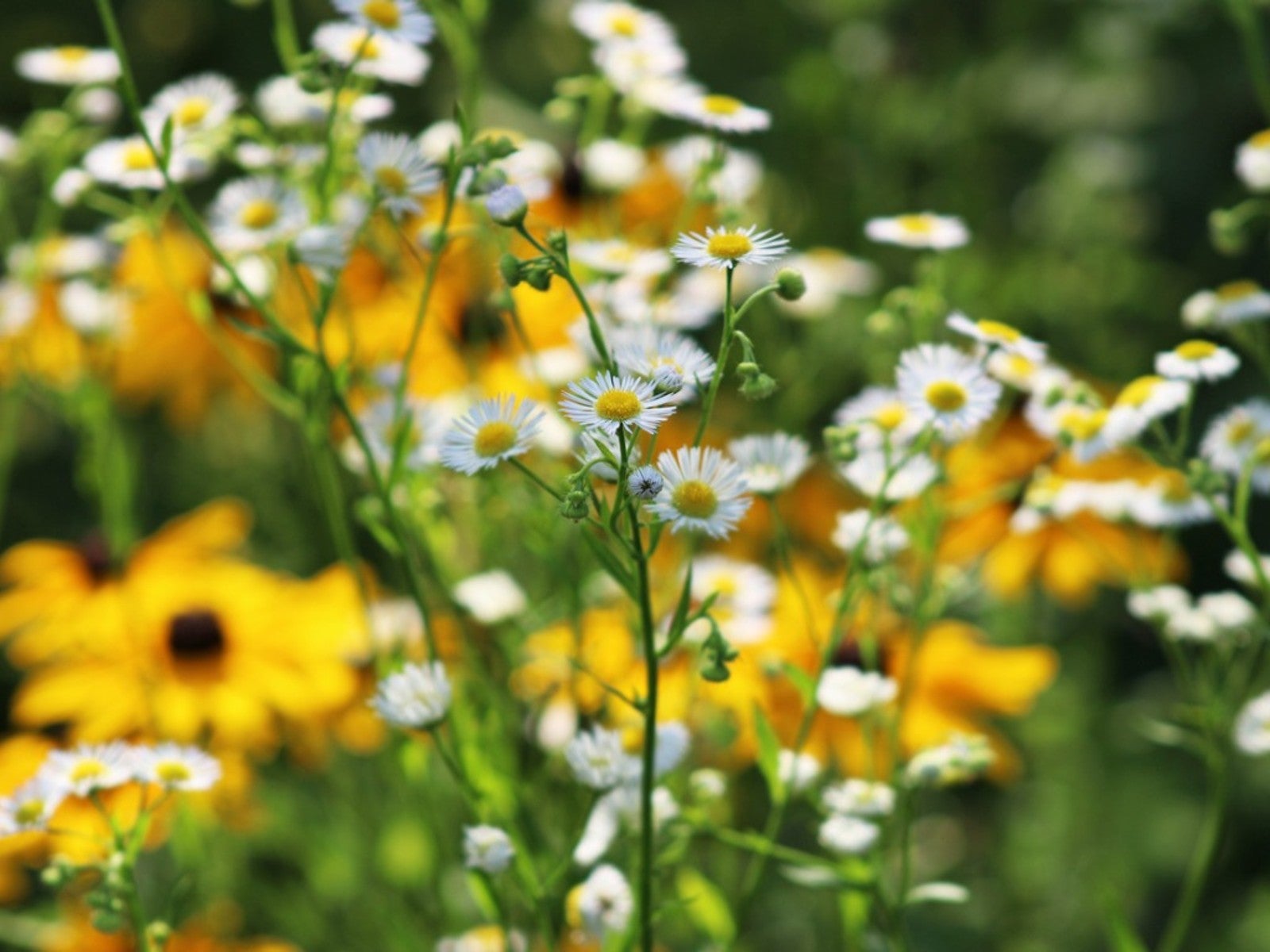Gardening with Native Plants in The Upper Midwest


A native plant is one that naturally grows in a particular area. Exotic, non-native, and invasive plants often encroach on native plants, altering the ecosystem and sometimes harming plants and animals. Gardeners in the Upper Midwest states of Michigan, Minnesota, Wisconsin, and Iowa have a wide range of beautiful native species to choose over non-native plants.
Why Plant Native Species?
Native plant gardening is a growing trend. More gardeners and homeowners are coming to realize the benefits of choosing native species:
- They support and stabilize the natural environment in a region.
- Native species support wildlife, providing habitat and food sources.
- Many native flowers attract pollinators.
- They require less water and maintenance.
- Natives are particularly well-suited to their area and are better able to survive and thrive.
Choose native plants that grow in your region for a successful, beautiful, and environmentally friendly garden.
Iowa Native Plants
These are just a few of the many native plants in Iowa that gardeners can choose for more eco-friendly beds:
- Jack-in-the-pulpit – Jack-in-the-pulpit is a woodland wildflower with a unique, cup-like bloom
- Dutchman’s breeches – Dutchman’s breeches is a wildflower with blooms shaped like little pants
- Virginia bluebells – Despite the name, Virginia bluebells are a pretty spring flower native to Iowa
- Wild geranium – Wild geranium, this pretty pink flower blooms in spring
- Shooting star – Shooting star is a unique flower that looks inside out and a cluster of shooting stars
- Canadian wild ginger – A pretty groundcover, Canadian wild ginger has large, heart-shaped leaves
- Lady fern – Lady fern is a delicate fern for woodland gardens
- Ostrich fern – Ostrich fern is a dramatic fern suitable for shady areas that need a bold statement
- Cinnamon fern – Cinnamon fern turns a lovely shade of bronze and grows very tall
- Serviceberry – Serviceberry is a large shrub or small tree that provides spring flowers, summer fruits, and fall color
- Pagoda dogwood – Pagoda dogwood is an understory tree with four-season interest
- Arrowwood viburnum – Arrowwood viburnum is a smaller shrub with white flowers and dark berries
Michigan Native Plants
Choose from among these native Michigan flowers, trees, shrubs, and more to create a healthy, balanced garden:
- Black-eyed Susan – Black-eyed Susan is a popular perennial for its cheerful, late summer and fall blooms
- Canada anemone – Canada anemone, use this small white flower for areas with moist soil
- Butterfly weed – Butterfly weed is a bright orange beauty for full sun and drier soils
- New England aster – choose New England aster, a pretty daisy-like flower, for bright blue fall color
- Swamp milkweed – Swamp milkweed supports endangered monarch butterflies with its flowers
- Maidenhair fern – Maidenhair fern is a small, delicate fern with lacy leaves
- Winterberry – Winterberry is a native holly that produces bright red berries for winter color
- Gray dogwood – Gray dogwood, a low maintenance shrub with white flowers and white berries
- Paper birch – Paper birch is a small tree with smooth, white bark
- Big bluestem – The native grass big bluestem is a great choice for a native ornamental grass
Minnesota Native Plants
There is a lot of overlap with Michigan and Iowa natives, but also try these species for a native Minnesota garden:
- Autumn onion – A native onion that produces pretty spheres of pink lavender flowers and has edible bulbs
- Wild columbine – Wild columbine is a beautiful native woodland flower with striking red and yellow blooms
- Cardinal flower – Choose cardinal flower for bright red color
- Wood lily – The tall native wood lily produces large, red-orange flowers
- Dwarf false indigo – Dwarf false indigo is a shrub with delicate, feathered leaves and purple flowers
- Red osier dogwood – The shrub red osier dogwood produces white flowers and berries and provides winter color with red stems
- Creeping juniper – Creeping juniper is an evergreen groundcover with purple berries
- Prairie June grass – Prairie June grass is a short but showy native ornamental grass
Wisconsin Native Plants
Again, many native species overlap in this region, and most of the above are suitable for Wisconsin. Here are some other species native in the state:
Sign up for the Gardening Know How newsletter today and receive a free copy of our e-book "How to Grow Delicious Tomatoes".
- Pale purple coneflower – Pale purple coneflower is a pretty perennial that attracts butterflies and birds
- Prairie blazing star – Prairie blazing star is a perennial that blooms with striking pink and magenta flowers
- Showy goldenrod – Often blamed for allergies, goldenrod isn’t a common allergen and provides gorgeous fall color
- Prairie smoke – Prairie smoke, a unique plant named for its wispy, smoke-like seedhead
- American elderberry – A sprawling shrub, American elderberry produces pretty, scented flowers and edible dark berries
- Lowbush blueberry – Grow native berries with the small shrub lowbush blueberry
- New Jersey tea – Once used as a tea substitute during the Revolutionary War, the New Jersey tea shrub is native to the Midwest
- Fox sedge – Fox sedge is a showy sedge with a flower stalk that resembles a fox’s tail

Mary Ellen Ellis has been gardening for over 20 years. With degrees in Chemistry and Biology, Mary Ellen's specialties are flowers, native plants, and herbs.